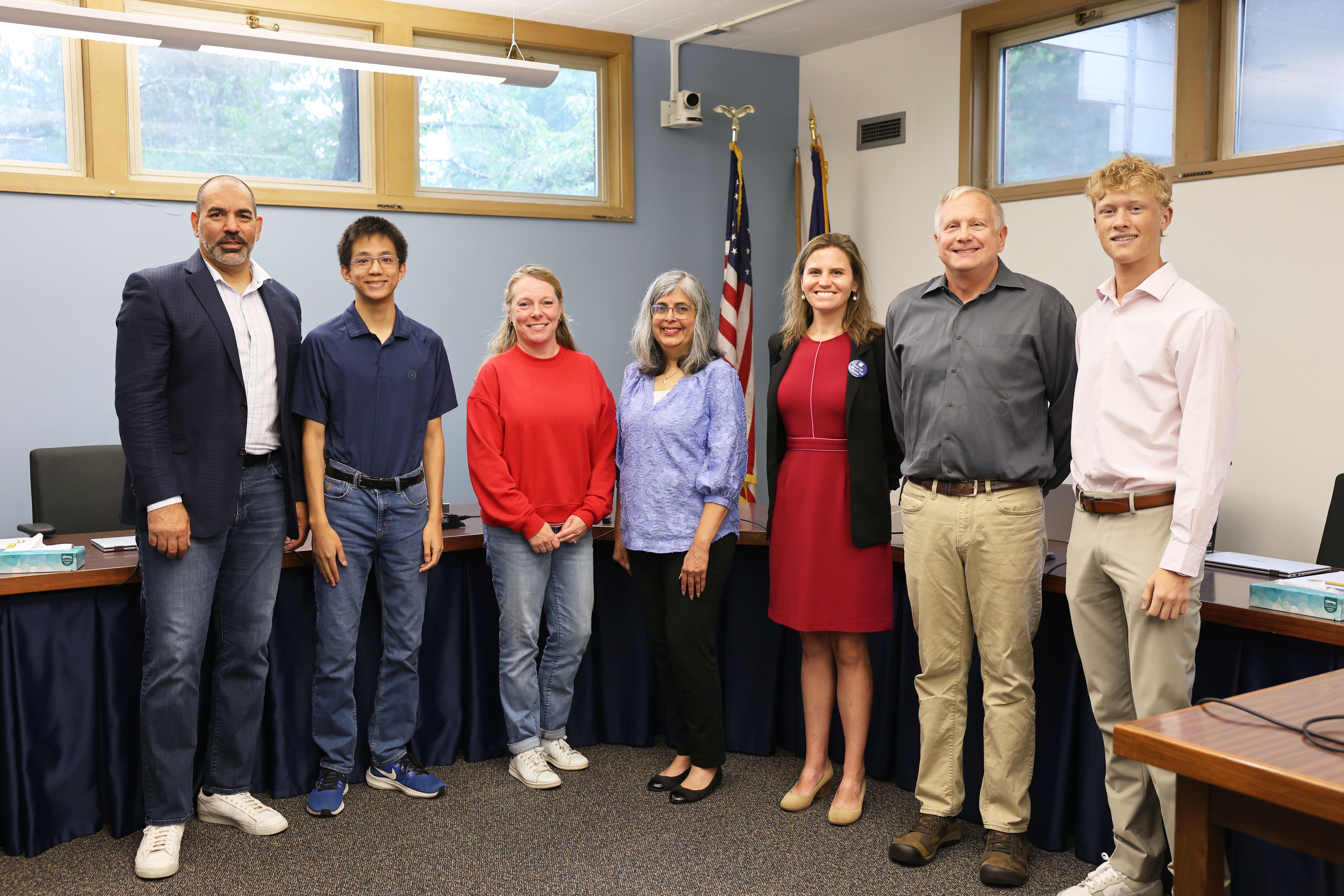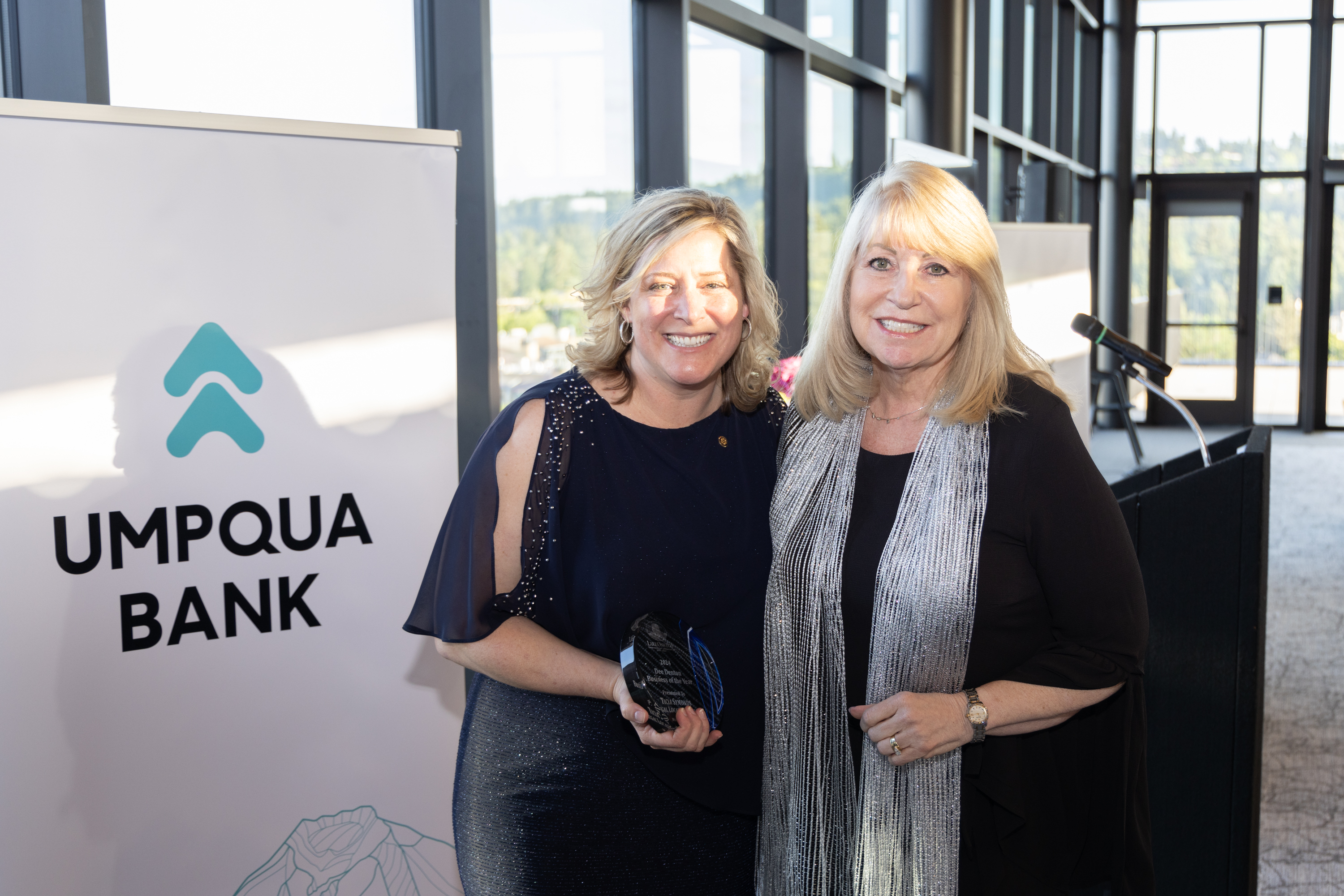Commentary: The road to transportation funding is long
Published 6:40 am Thursday, July 3, 2025

- Workers cut away an old expansion joint on Interstate 5 during 2022. (Washington State Department of Transportation)
The debate over paying for transportation needs in Oregon may have paused with the end of the legislative session, but it is far from over.
Don’t be surprised if a special session emerges in the next few months, because the need for an upgraded transportation funding structure is real and obvious. But it would be an exercise in futility if agreements on how to make it work aren’t reached first. And months of research and drafting and statewide outreach were poured into proposals during the regular session.

Randy Stapilus
House Majority Leader Ben Bowman, D-Tigard, for example, said: “I believe that people will die because we are not going to fund the broader transportation safety measures that our system needs. My ‘yes’ vote tonight (for a much scaled-down proposal) is because a ‘no’ vote is a vote not to pay for paving, not to pay for fault line striping, not to pay for filling potholes, not to pay for snow plowing. We have to protect these services.” A no vote prevailed anyway.
Trending
He wasn’t wrong, but what can be done?
A few thoughts, not really new, but needing re-emphasis.
First, look at how other states do it. Yes, Oregon more than most states likes to plow its own furrows, but useful lessons can be learned from elsewhere. And every state has its own way of raising road money.
The most common funding principle is a “users pay/users benefit” system, where drivers pay in relation to how much of the transportation system they use. Gas taxes and tolls would be examples, as would a fee-per-mile system.
The Tax Foundation said in one report, “When we think of road funding, we tend to think of the taxes we pay at the pump. Gas taxes are largely used to fund infrastructure maintenance and new projects, but the amount of state and local road spending covered by gas taxes, tolls, user fees, and user taxes varies widely among states.”
One 2022 study puts Oregon toward the middle, 29th of the 50s states, adhering to that idea.
Trending
But user-based approaches are not the only answer, and by themselves may not be best. When the first transportation framework proposal was published this spring, Senate Republican Leader Daniel Bonham, R-The Dalles, remarked it, “represents multi-billion-dollar tax increases that will burden hardworking families, many of whom are already struggling with the rising costs of living. If this package had been introduced during last year’s transportation road show, we would have heard loud and clear from Oregonians across the state that they cannot afford these types of hikes.”
We need a serious and broad discussion about what revenue system would be best and fairest for Oregonians overall.
Second, consider if the rise in costs can be contained. Road construction has never been cheap, and costs have risen. Still, spending on road and bridge construction has had an extraordinary explosion.
Last fall the Federal Highway Administration reported that highway costs were rising at an annual rate of 9.6% — and that since the end of 2020, costs had risen by an incredible 71.5%. Oregon cannot be exempt from the trend, and the reasons are more than worth exploring.
Third, we need a broader, open review of ODOT. Skepticism on the part of Republicans about how the massive influx of money would have been spent was a key element in their opposition to the funding proposals from Democrats.
ODOT does not, to put it gently, have a large happy cheerleading section around the state, which Republican legislators have noted sharply. Rep. Bobby Levy, R-Echo, for example, warned in legislative testimony that, “we can’t just keep asking Oregonians — especially those who are already economically vulnerable — to pay more into a system that hasn’t proven it can manage the resources it has.”
The complaints about ODOT do not come exclusively from outsiders. In an agency report published last September, mid-level managers were surveyed about conditions and practices at the department described poor morale, a lack of communication and other problems.
A massive influx of money to the agency will prove a hard sell in some quarters. A serious and very public look at how the agency runs, and efforts to get it to run better, might generate some support.
Finally, bringing Republicans more centrally into the process would help. For much of this session, Republicans were heavily involved and Republican leadership expressed optimism about the outcome. But as the session wore on, that sentiment seemed to fade. Given the historical record of transportation funding plans rarely if ever passing without bipartisan support, that ought to be a priority. Democrats could even start by asking Republicans to put their preferred options on the table as a first step.
There’s no easy or snap answer here. But broader thought processes and legislating could go a long way.
Randy Stapilus has researched and written about Northwest politics and issues since 1976 for a long list of newspapers and other publications. A former newspaper reporter and editor, and more recently an author and book publisher, he lives in Carlton.







